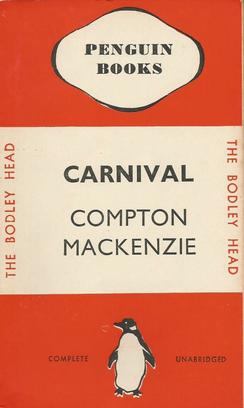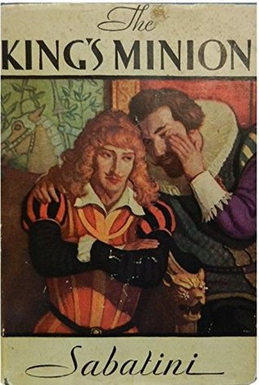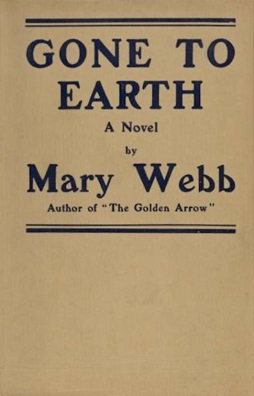Christopher Robin Nicole was a prolific British writer of over 200 novels and non-fiction books since 1957. He wrote as Christopher Nicole and also under several pseudonyms including Peter Grange, Andrew York, Robin Cade, Mark Logan, Christina Nicholson, Alison York, Leslie Arlen, Robin Nicholson, C.R. Nicholson, Daniel Adams, Simon McKay, Caroline Gray and Alan Savage. He also wrote under the pen name Max Marlow when co-authoring with his wife, fellow author Diana Bachmann.
Margaret Kathleen Maddocks was a British writer of 17 gothic and romance novels. Before retiring she wrote her autobiography: An Unlessoned Girl in 1977. She is the only novelist to win four Romantic Novel of the Year Award by the Romantic Novelists' Association.
Suzanne Goodwin, née Suzanne Ebel, was a British writer of over 40 romantic novels and was translated into some 15 languages. Under her maiden name she wrote contemporary romances and British guides, under her married name historical romances, she also used the pseudonym of Cecily Shelbourne. In 1964, her novel Journey from Yesterday won the Romantic Novel of the Year Award awarded by the Romantic Novelists' Association. and in 1986 the British Travel Association Award.
Margaret Potter, née Margaret Newman, was a British writer of over 55 Romance, mystery and children's novels and family sagas, as well as many short stories. She wrote under her maiden and married names, and also under the pseudonyms of Anne Betteridge and Anne Melville. In 1967, her novel The Truth Game won the Romantic Novel of the Year Award from the Romantic Novelists' Association.
Maynah Lewis was a British writer of 23 gothic and romance novels. She is one of only a few authors to have won twice the Romantic Novel of the Year Award by the Romantic Novelists' Association.
Doris Edna Smith was an Irish writer of over 20 gothic and romance novels. In 1969, her novel Comfort and Keep won the Romantic Novel of the Year Award by the Romantic Novelists' Association.
Frances Murray is the pseudonym used by Rosemary Frances Booth, née Sutherland, a Scottish writer of children's and romance novels. In 1976, her novel The Burning Lamp won the Romantic Novel of the Year Award by the Romantic Novelists' Association.
Brenda Jagger was a British writer of 9 historical romance novels. In 1986, her last novel A Song Twice Over won the Romantic Novel of the Year Award by the Romantic Novelists' Association.

Red Eve is a historical novel with fantasy elements, by British writer H. Rider Haggard, set in the reign of Edward III. Red Eve depicts the Battle of Crécy and the Black Death, and also features a supernatural personification of Death called Murgh.

Carnival is a 1912 novel by the British writer Compton Mackenzie. A London ballet dancer falls in love with an aristocrat, but refuses to become his mistress and instead marries a Cornish farmer with ultimately tragic consequences. It was a commercial and critical success on its release.

The Tall Headlines is a 1950 thriller novel by the British writer Audrey Erskine Lindop. A middle-class British family are lest devastated and divided when the eldest son is arrested and hanged for murder.

East Side, West Side is a 1947 novel by the American writer Marcia Davenport. Set in New York City immediately after World War II, an unhappily married woman's life comes to a crisis in a single week. As with her two previous novels it was a commercial success, making the Publishers Weekly annual list of bestsellers.

Moss Rose is a 1934 mystery novel by the British writer Marjorie Bowen, written under the pen name of Joseph Shearing. It is based on the unsolved murder of Harriet Buswell in 1872. The title refers to Moss Rose, a flowering plant.

The King's Minion or The Minion is a 1930 historical novel by the British-Italian writer Rafael Sabatini. It is based on the life of Robert Carr, 1st Earl of Somerset, charting his dramatic rise as favourite of James I and rapid fall during the Overbury Affair.

If the Gods Laugh is a 1925 romantic adventure novel by the British writer and explorer Rosita Forbes. It is set against the backdrop of the Italian colonization of Libya.

Gone to Earth is a 1917 romance novel by the British writer Mary Webb. It was her second novel following her debut The Golden Arrow the previous year. It received positive reviews and Rebecca West described it as her book of the year. It is set in Shropshire around Long Mynd and Wenlock Edge. In 1935 it was one of the first batch of Penguin Books published.

The Midas Touch is a 1938 novel by the British writer Margaret Kennedy. It was her eighth novel, she then took a decade-long break before producing her next work The Feast in 1949. It was a Daily Mail Book of the Month.

The Hundredth Chance is a 1917 novel by the British writer Ethel M. Dell. It was one of four of Dell's novels to make the Publishers Weekly list of top ten bestselling books during the 1910s in America. In 1927 Dell adapted the novel as a play.

The Bars of Iron is a 1916 novel by the British writer Ethel M. Dell. It was one of four of Dell's novels to make the Publishers Weekly list of top ten bestselling books during the 1910s in America.

The Rosary is a 1934 French drama film directed by Tony Lekain and Gaston Ravel and starring Louisa de Mornand, André Luguet and Hélène Robert. It is based on the 1909 novel The Rosary by British writer Florence L. Barclay and its stage adaptation by Alexandre Bisson.












